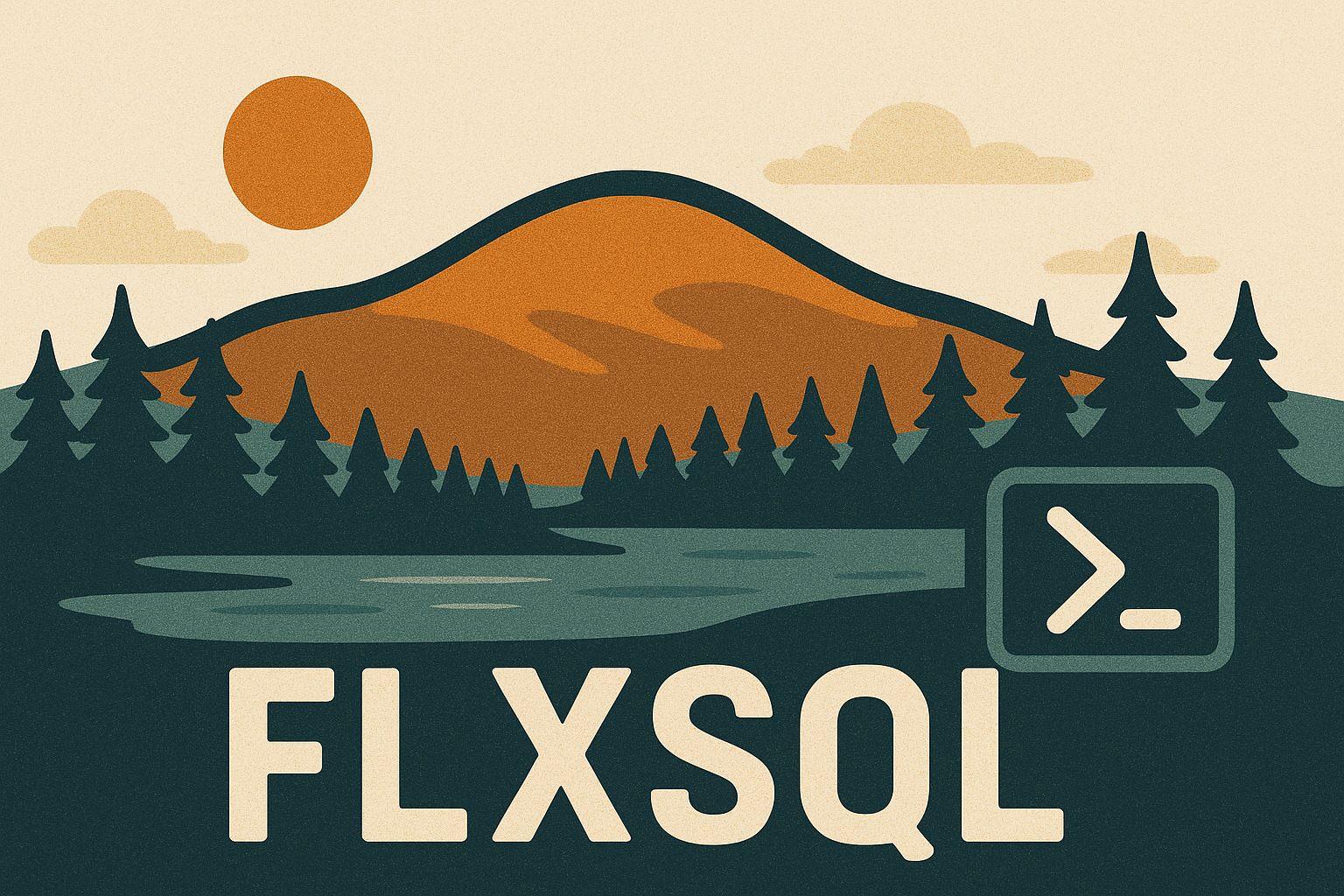How to Help with dbatools Comment-based Help
I wrote a post over on the dbatools website about how to get involved with improving comment-based help
Working on the CBH is a great way to get started with the dbatools project, even (especially) if you’re not a PowerShell expert or MVP-level DBA. Getting everything clean and consistent in the CBH is an important step on the road to 1.0. Along the way, you’ll pick up on how dbatools is put together, discover functions that you can use in your day-to-day work, and get a feel for PowerShell best practices. You will learn from this experience!

